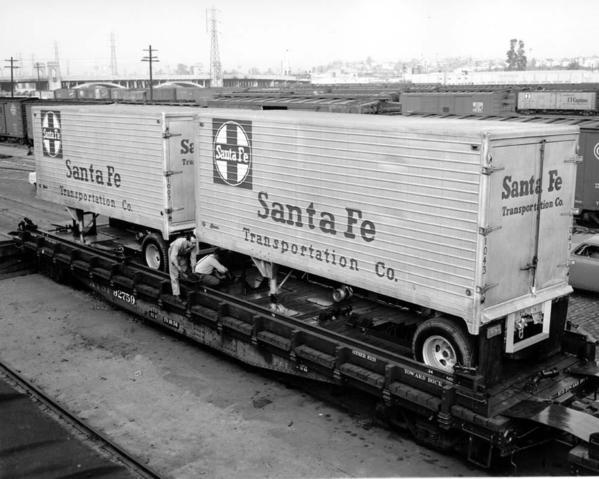Erik
You do great work. Even if the passenger cars don't come out the way you want or even if a mistake is made, nobody most likely would not even notice. Thanks for the follow. Not sure what I have done to deserve it.
As for this thread I have been following since day one. This has been fantastic. I had known about Piggy back operations during the steam/early diesel era, but had not seen anybody model it as you have done. As for weathering my rolling stock, slowly but surly. So please keep inspiring us.






















































































